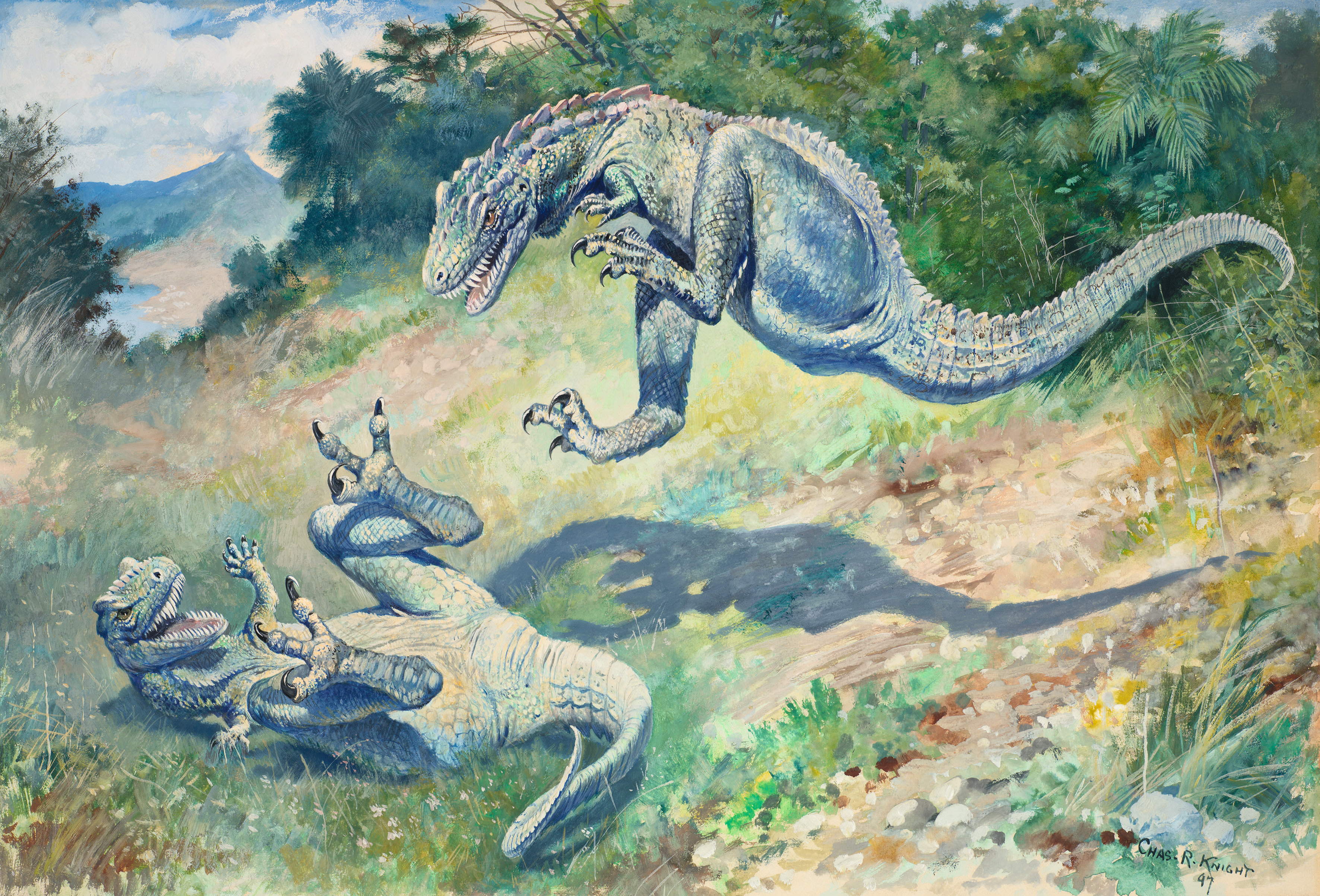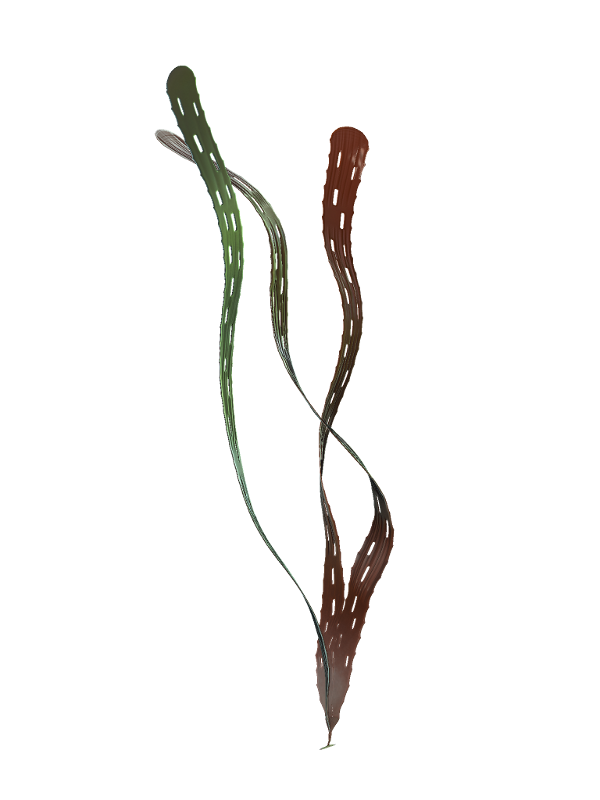|
Ercaicunia
''Ercaicunia'' is genus of bivalved Cambrian arthropod from the Chengjiang biota of Yunnan, China. It contains a single species, ''E. multinodosa'' that was described by Luo et al. in 1999. The total length of the body ranges from . The bivalved carapace covered about a third of the total body-length, and has up to six serrations on its forward edge. The head has a pair of large uniramous antennae, as well as a smaller pair of secondary antennae, as well as pair of mandibles and maxillae. The trunk has 16 pairs of biramous appendages. Specimens were CT scanned in 2019, which suggested it to be a stem-group crustacean. Other subsequent studies have recovered it as a member of Hymenocarina, which contains other bivalved Cambrian arthropods. See also * Arthropod * Cambrian explosion * Chengjiang biota ** List of Chengjiang Biota species by phylum This is a list of fossils found at Maotianshan Shales, whose most famous assemblage of organisms are referred to as the Chengjiang biot ... [...More Info...] [...Related Items...] OR: [Wikipedia] [Google] [Baidu] |
List Of Chengjiang Biota Species By Phylum
This is a list of fossils found at Maotianshan Shales, whose most famous assemblage of organisms are referred to as the Chengjiang biota. Phylum Arthropoda 80 species, not counting Dinocarida, Nektaspida and Trilobita * '' Acanthomeridion serratum'' * '' Alalcomenaeus'' * '' Almenia spinosa'' * '' Apiocephalus elegans'' * '' Branchiocaris yunnanensis'' * '' Canadaspis laevigata'' * '' Chengjiangocaris longiformis'' * '' Chuandianella ovata'' * '' Cindarella eucalla'' * '' Clypecaris pteroidea'' * '' Combinivalvula chengjiangensis'' * '' Comptaluta inflata'' * '' Comptaluta leshanensis'' * '' Cyathocepalus bispinosus'' * '' Dianchia mirabilis'' * '' Diplopyge'' ** ''D. forcipatus'' ** ''D. minutus'' * '' Dongshanocaris foliiformis'' * '' Ercaia minuscula'' * '' Ercaicunia multinodosa'' * ''Forfexicaris valida'' * '' Fortiforceps foliosa'' * '' Fuxianhuia protensa'' * '' Glossocaris occulatus'' * '' Haikoucaris ercaiensis'' * ''Isoxys'' ** ''I. auritus'' ** ''I. curvirostr ... [...More Info...] [...Related Items...] OR: [Wikipedia] [Google] [Baidu] |
Hymenocarina
Hymenocarina is an order of extinct arthropods known from the Cambrian. They possess bivalved carapaces, typically with exposed posteriors. Members of the group are morphologically diverse and had a variety of ecologies, including as filter feeders and as predators. Recent research has generally considered them to be stem or crown group members of Mandibulata, due the presence of mandibles in at least some species. Taxonomy Hymenocarines are characterized by the combination of following characters: bivalved, convex carapace covering cephalothoracic region; cephalothorax bearing multisegmented antennules and rounded mandibles, alongside post-maxillular limbs with spiny, subdivided basis and endopods with well-developed terminal claws; absence of appendages between antennules and mandibles; median sclerite and lobate protrusions located between compound eyes; posterior tagma (abdomen) with ring-like segments and terminated by a pair of well-developed caudal rami. Based on ... [...More Info...] [...Related Items...] OR: [Wikipedia] [Google] [Baidu] |
Paleoart
Paleoart (also spelled palaeoart, paleo-art, or paleo art) is any original artistic work that attempts to depict prehistoric life according to scientific evidence. Works of paleoart may be representations of fossil remains or imagined depictions of the living creatures and their ecosystems. While paleoart is typically defined as being scientifically informed, it is often the basis of depictions of prehistoric animals in popular culture, which in turn influences public perception of and fuels interest in these animals. The word paleoart is also used in other informal sense, as a name for prehistoric art, most often cave paintings. Alternative concept of this term is the domain of archeological society. The term "paleoart"–which is a portmanteau of ''paleo'', the Ancient Greek word for "old", and "art"–was introduced in the late 1980s by Mark Hallett (artist), Mark Hallett for art that depicts subjects related to paleontology, but is considered to have originated as a visual ... [...More Info...] [...Related Items...] OR: [Wikipedia] [Google] [Baidu] |
Pancrustacea
Pancrustacea is the clade that comprises all crustaceans and hexapods. This grouping is contrary to the Atelocerata hypothesis, in which Myriapoda and Hexapoda are sister taxa, and Crustacea are only more distantly related. As of 2010, the Pancrustacea taxon is considered well accepted, with most studies recovering Hexapoda within Crustacea. The clade has also been called Tetraconata, referring to having four cone cells in the ommatidia. This name is preferred by some scientists as a means of avoiding confusion with the use of "pan-" to indicate a clade that includes a crown group and all of its stem group representatives. Molecular studies A monophyletic Pancrustacea has been supported by several molecular studies, in most of which the subphylum Crustacea is paraphyletic with regard to hexapods (that is, that hexapods, including insects, are derived from crustacean ancestors). The evidence for this clade derives from molecular data and morphological characteristics. The m ... [...More Info...] [...Related Items...] OR: [Wikipedia] [Google] [Baidu] |
Prehistoric Arthropod Genera
Prehistory, also known as pre-literary history, is the period of human history between the use of the first stone tools by hominins 3.3 million years ago and the beginning of recorded history with the invention of writing systems. The use of symbols, marks, and images appears very early among humans, but the earliest known writing systems appeared 5000 years ago. It took thousands of years for writing systems to be widely adopted, with writing spreading to almost all cultures by the 19th century. The end of prehistory therefore came at very different times in different places, and the term is less often used in discussing societies where prehistory ended relatively recently. In the early Bronze Age, Sumer in Mesopotamia, the Indus Valley Civilisation, and ancient Egypt were the first civilizations to develop their own scripts and to keep historical records, with their neighbors following. Most other civilizations reached the end of prehistory during the following Iron Age. ... [...More Info...] [...Related Items...] OR: [Wikipedia] [Google] [Baidu] |
Cambrian Animals
The Cambrian Period ( ; sometimes symbolized Ꞓ) was the first geological period of the Paleozoic Era, and of the Phanerozoic Eon. The Cambrian lasted 53.4 million years from the end of the preceding Ediacaran Period 538.8 million years ago (mya) to the beginning of the Ordovician Period mya. Its subdivisions, and its base, are somewhat in flux. The period was established as "Cambrian series" by Adam Sedgwick, who named it after Cambria, the Latin name for 'Cymru' (Wales), where Britain's Cambrian rocks are best exposed. Sedgwick identified the layer as part of his task, along with Roderick Murchison, to subdivide the large "Transition Series", although the two geologists disagreed for a while on the appropriate categorization. The Cambrian is unique in its unusually high proportion of sedimentary deposits, sites of exceptional preservation where "soft" parts of organisms are preserved as well as their more resistant shells. As a result, our understanding of the Cambrian biol ... [...More Info...] [...Related Items...] OR: [Wikipedia] [Google] [Baidu] |
Fossil Taxa Described In 1999
A fossil (from Classical Latin , ) is any preserved remains, impression, or trace of any once-living thing from a past geological age. Examples include bones, Seashell, shells, exoskeletons, stone imprints of animals or microbes, objects preserved in #Resin, amber, hair, petrified wood and DNA remnants. The totality of fossils is known as the ''fossil record''. Paleontology is the study of fossils: their age, method of formation, and evolutionary significance. Specimens are usually considered to be fossils if they are over 10,000 years old. The oldest fossils are around 3.48 billion years old to 4.1 billion years old. Early edition, published online before print. The observation in the 19th century that certain fossils were associated with certain rock stratum, strata led to the recognition of a geological timescale and the relative ages of different fossils. The development of radiometric dating techniques in the early 20th century allowed scientists to quantitativ ... [...More Info...] [...Related Items...] OR: [Wikipedia] [Google] [Baidu] |
Crown Group
In phylogenetics, the crown group or crown assemblage is a collection of species composed of the living representatives of the collection, the most recent common ancestor of the collection, and all descendants of the most recent common ancestor. It is thus a way of defining a clade, a group consisting of a species and all its extant or extinct descendants. For example, Neornithes (birds) can be defined as a crown group, which includes the most recent common ancestor of all modern birds, and all of its extant or extinct descendants. The concept was developed by Willi Hennig, the formulator of phylogenetic systematics, as a way of classifying living organisms relative to their extinct relatives in his "Die Stammesgeschichte der Insekten", and the "crown" and "stem" group terminology was coined by R. P. S. Jefferies in 1979. Though formulated in the 1970s, the term was not commonly used until its reintroduction in 2000 by Graham Budd and Sören Jensen. Contents of the crown ... [...More Info...] [...Related Items...] OR: [Wikipedia] [Google] [Baidu] |
Cambrian Explosion
The Cambrian explosion, Cambrian radiation, Cambrian diversification, or the Biological Big Bang refers to an interval of time approximately in the Cambrian Period when practically all major animal phyla started appearing in the fossil record. It lasted for about 13 – 25 million years and resulted in the divergence of most modern metazoan phyla. The event was accompanied by major diversification in other groups of organisms as well. Before early Cambrian diversification, most organisms were relatively simple, composed of individual cells, or small multicellular organisms, occasionally organized into colonies. As the rate of diversification subsequently accelerated, the variety of life became much more complex, and began to resemble that of today. Almost all present-day animal phyla appeared during this period, including the earliest chordates. A 2019 paper suggests that the timing should be expanded back to include the late Ediacaran, rather than just the ... [...More Info...] [...Related Items...] OR: [Wikipedia] [Google] [Baidu] |
Animal
Animals are multicellular, eukaryotic organisms in the Kingdom (biology), biological kingdom Animalia. With few exceptions, animals Heterotroph, consume organic material, Cellular respiration#Aerobic respiration, breathe oxygen, are Motility, able to move, can Sexual reproduction, reproduce sexually, and go through an ontogenetic stage in which their body consists of a hollow sphere of Cell (biology), cells, the blastula, during Embryogenesis, embryonic development. Over 1.5 million Extant taxon, living animal species have been Species description, described—of which around 1 million are Insecta, insects—but it has been estimated there are over 7 million animal species in total. Animals range in length from to . They have Ecology, complex interactions with each other and their environments, forming intricate food webs. The scientific study of animals is known as zoology. Most living animal species are in Bilateria, a clade whose members have a Symmetry in biology#Bilate ... [...More Info...] [...Related Items...] OR: [Wikipedia] [Google] [Baidu] |
Maxilla (arthropod Mouthpart)
In arthropods, the maxillae (singular maxilla) are paired structures present on the head as mouthparts in members of the clade Mandibulata, used for tasting and manipulating food. Embryologically, the maxillae are derived from the 4th and 5th segment of the head and the maxillary palps; segmented appendages extending from the base of the maxilla represent the former leg of those respective segments. In most cases, two pairs of maxillae are present and in different arthropod groups the two pairs of maxillae have been variously modified. In crustaceans, the first pair are called maxillulae (singular maxillula). Modified coxae at the base of the pedipalps in spiders are also called "maxillae", although they are not homologous with mandibulate maxillae. Myriapoda Millipedes In millipedes, the second maxillae have been lost, reducing the mouthparts to only the first maxillae which have fused together to form a gnathochilarium, acting as a lower lip to the buccal cavity and the man ... [...More Info...] [...Related Items...] OR: [Wikipedia] [Google] [Baidu] |







